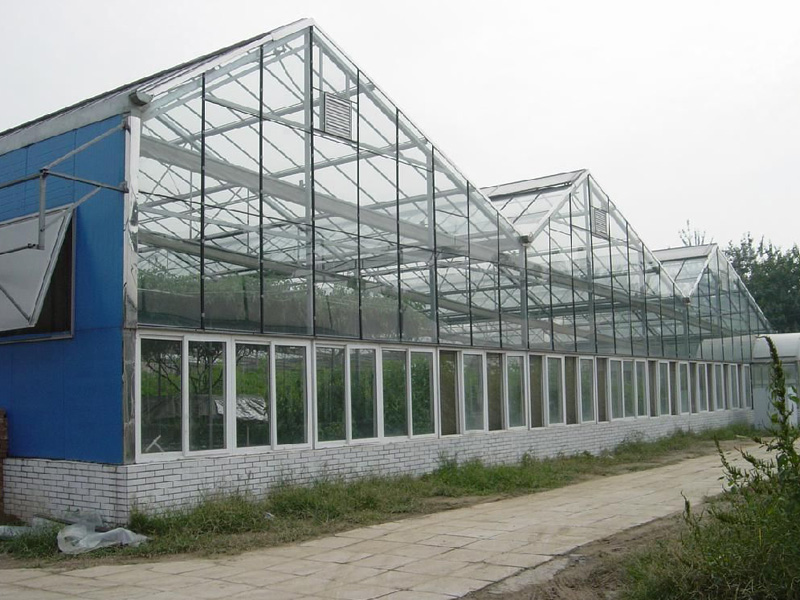
Glass greenhouse refers to a greenhouse with glass as daylighting material, which belongs to a kind of greenhouse. In cultivation facilities, glass greenhouse, as a form with the longest service life, is suitable for use in a variety of regions and under various climatic conditions. The construction models in the industry are divided into different sizes according to the size of span and bay, and are divided into vegetable glass greenhouse, flower glass greenhouse, seedling glass greenhouse, ecological glass greenhouse, scientific research glass greenhouse, three-dimensional glass greenhouse, special-shaped glass greenhouse, leisure glass greenhouse, intelligent glass greenhouse, etc. Its area and use mode can be freely allocated by the greenhouse owner. The smallest one is courtyard leisure type. The large height can reach more than 10 meters, the span can reach 16 meters, and the maximum bay can reach 10 meters. The degree of intelligence can be controlled by one key. The heating problem of glass greenhouse in winter can adopt a variety of heating methods, and its energy consumption cost is in the middle, which is generally acceptable.
Basics
1. Foundation classification glass greenhouse foundation is divided into independent column foundation and strip foundation. Independent foundation can be used for inner column or side column, and strip foundation is mainly used for side wall and internal partition wall.
2. The design requires that before the foundation design, the geological data of the construction site should be carefully analyzed. First, the geological survey report of the site (for important large-scale greenhouse projects); Second, construction site test (for general projects); Third, based on experience and reference geological data of nearby projects (for small projects). During the foundation design, in addition to meeting the strength requirements, it shall also have sufficient stability and the ability to resist uneven settlement. The foundation connected with the support between columns shall also have sufficient function of transmitting horizontal force and spatial stability. The bottom of the greenhouse shall be located below the frozen soil layer. The influence of heating on the foundation freezing depth can be considered according to the climate and soil conditions of the heating greenhouse. Generally, the bottom of the foundation shall be 0.5m lower than the outdoor ground Above 5m, the distance between the top surface of the foundation and the outdoor ground shall be greater than 0.5m 1 meter to prevent foundation exposure and adverse effects on cultivation. Except for special requirements, the distance between the top surface of greenhouse foundation and indoor ground should be greater than 0.4m. The embedded parts connected with the steel structure of greenhouse are set on the top of the foundation, and the design of embedded parts is also an important part of the foundation design. The connection modes of embedded parts and superstructure mainly include hinge, consolidation and elastic connection. According to different connection modes, the design and construction methods are also different, but all embedded parts must ensure good connection with the foundation and ensure that the force transmitted from the superstructure is correctly transmitted to the foundation.
3. Foundation materials and construction characteristics
(1) Independent foundation. Reinforced concrete is usually used. In terms of construction methods, independent foundation can be divided into full cast-in-situ and partial cast-in-situ. The full cast-in-situ casting is carried out by the method of formwork erection on the construction site and integral pouring; Part of the cast-in-place method adopts the method of prefabrication of foundation short column and on-site pouring of foundation cushion. The two methods can be selected according to specific conditions. The cast-in-place method has the characteristics of good integrity and low cost; The cost of some cast-in-situ methods is high, but the construction speed is fast and the construction quality is easy to ensure.
(2) Strip foundation. Masonry structure (brick and stone) is usually adopted, and the construction is also carried out by on-site masonry. A reinforced concrete ring beam is often set at the top of the foundation to install embedded parts and increase the foundation stiffness. In addition, the side wall foundation can also be mixed with independent foundation and strip foundation. The bottom surfaces of the two types of foundation can be located at the same elevation or at different elevations according to the bearing condition and action; The independent foundation bears the force transmitted from the bottom of the greenhouse column, and the strip foundation is only used as a part of the separation member. (3) precautions for foundation construction. During foundation construction, the correctness of column height and axis position shall be ensured. Equipment and pipeline openings and installation shall be buried in time. It is strictly prohibited to chisel after construction to damage the foundation.
steel structure
1. The steel structure mainly includes the bearing structure of the greenhouse and the supports, connectors and solid parts set to ensure the structural stability. 2. Materials and construction precautions: the materials of steel structure are mainly cold-formed thin-walled section steel and hot-rolled section steel. Except that a small number of components adopt high-strength steel, other steels adopt A3F. Glass greenhouse steel framework is generally produced by professional chemical plants. As the greenhouse components are in the indoor high humidity environment for a long time, all structural components shall be subject to anti-corrosion treatment. Hot dip galvanizing is usually used for treatment. In order to ensure the effect of anti-corrosion treatment, all components shall be subject to anti-corrosion operation after processing. It is not allowed to cut, saw and weld greenhouse components on site. In case of a small amount of on-site operation, it is also required to carry out anti-corrosion and reinforcement treatment, and spray anti-corrosion paint at the processing or wound. The framework shall be installed in strict accordance with the drawings and relevant standards, specifications and regulations. At present, the industry standard for the main structure 0 of / double slope glass greenhouse has been completed in China, which can be used as one of the basis for the construction of steel structure of glass greenhouse after being officially promulgated. At this stage, GB 50017-2003 code for design of steel structures and GB 50018-2002 technical code for cold formed thin wall steel structures are mainly used as the main construction reference.
3. Design considerations at present, there is no special greenhouse design code in China. The design of glass greenhouse steel structure mainly refers to the greenhouse design codes of the Netherlands (nen3859, nen3860), Japan (safety standard for horticultural facility structure) and the United States (NGMA). However, structural strength, structural stiffness, structural integrity and structural durability must be considered in the design.
aluminium alloy
1. As the main inlaying and covering support component of glass greenhouse, the main functions of functional aluminum alloy include: (1) cooperating with rubber seal as a part of the covering sealing system of glass greenhouse; (2) used alone as supporting member and sealing member of greenhouse roof; (3) Used as gutter.
2. Design requirements: the main part mainly meets the requirements of strength and stiffness; As the support of glass, the support part mainly reserves some full-length support grooves or inlaid grooves; The part of the inlaid part on the outside of the glass needs to be equipped with a groove specially used for installing the rubber seal, which can be used to fix the rubber seal, or cooperate with small aluminum alloy or stainless steel parts to fix the glass.
Advantages of glass greenhouse:
① Large daylighting area and uniform illumination
② Long service time and high strength
③ It has strong corrosion resistance and flame retardancy
④ More than 90% light transmission, and does not decay with time

 中文版
中文版 English
English Soilless cultivation
Soilless cultivation Multi span greenhouse
Multi span greenhouse Polycarbonate greenhouse
Polycarbonate greenhouse Ecological Restaurant
Ecological Restaurant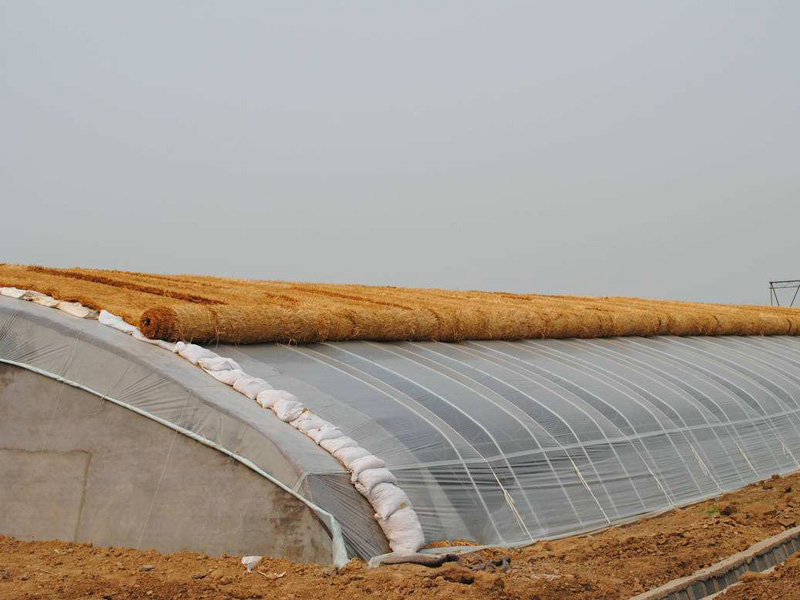 Solar greenhouse
Solar greenhouse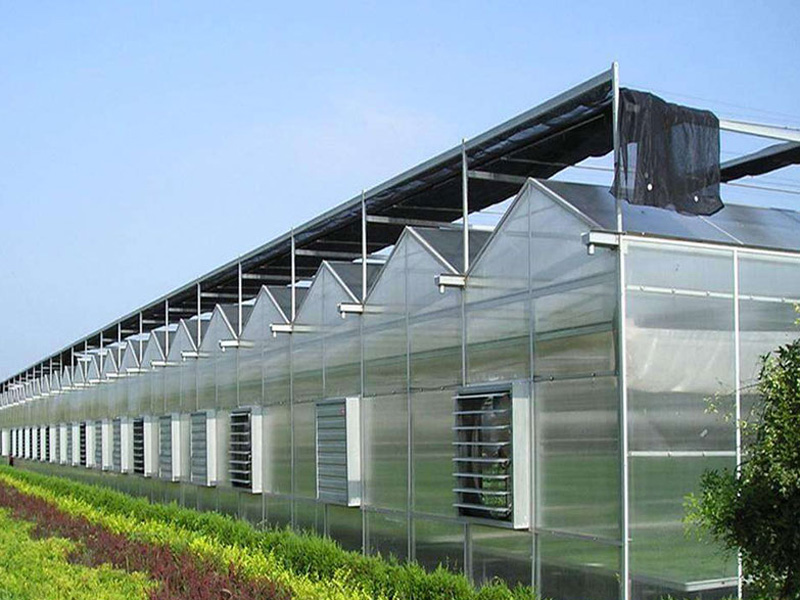 Venlo greenhouse
Venlo greenhouse Intelligent glass greenhouse
Intelligent glass greenhouse Bird's nest type spherical greenhouse
Bird's nest type spherical greenhouse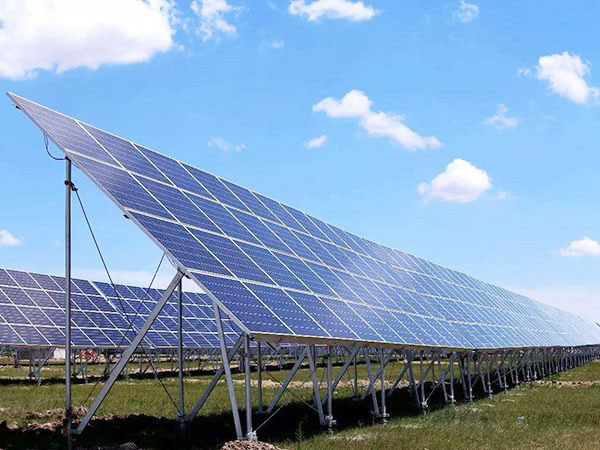 Photovoltaic greenhouse
Photovoltaic greenhouse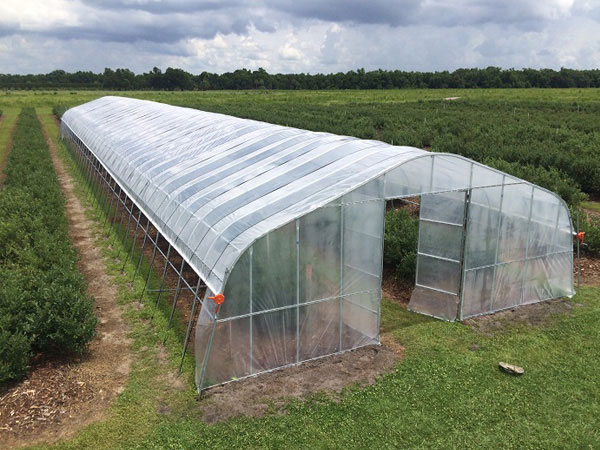 Tunnel greenhouse
Tunnel greenhouse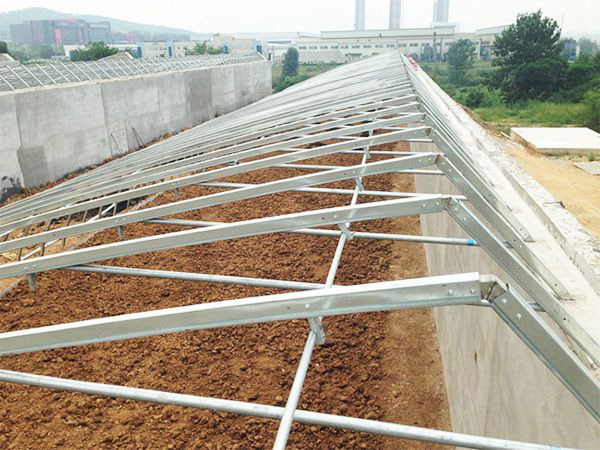 Steel structure greenhouse
Steel structure greenhouse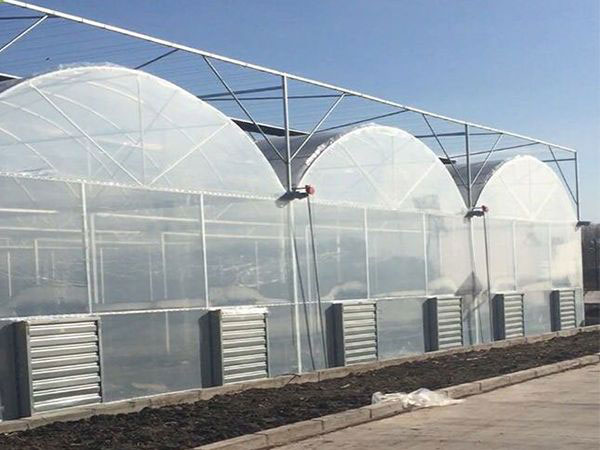 Film greenhouse
Film greenhouse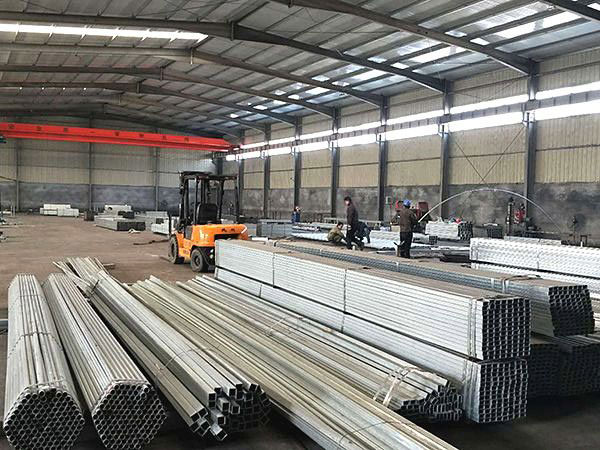 Greenhouse accessories
Greenhouse accessories
 Soilless cultivation
Soilless cultivation
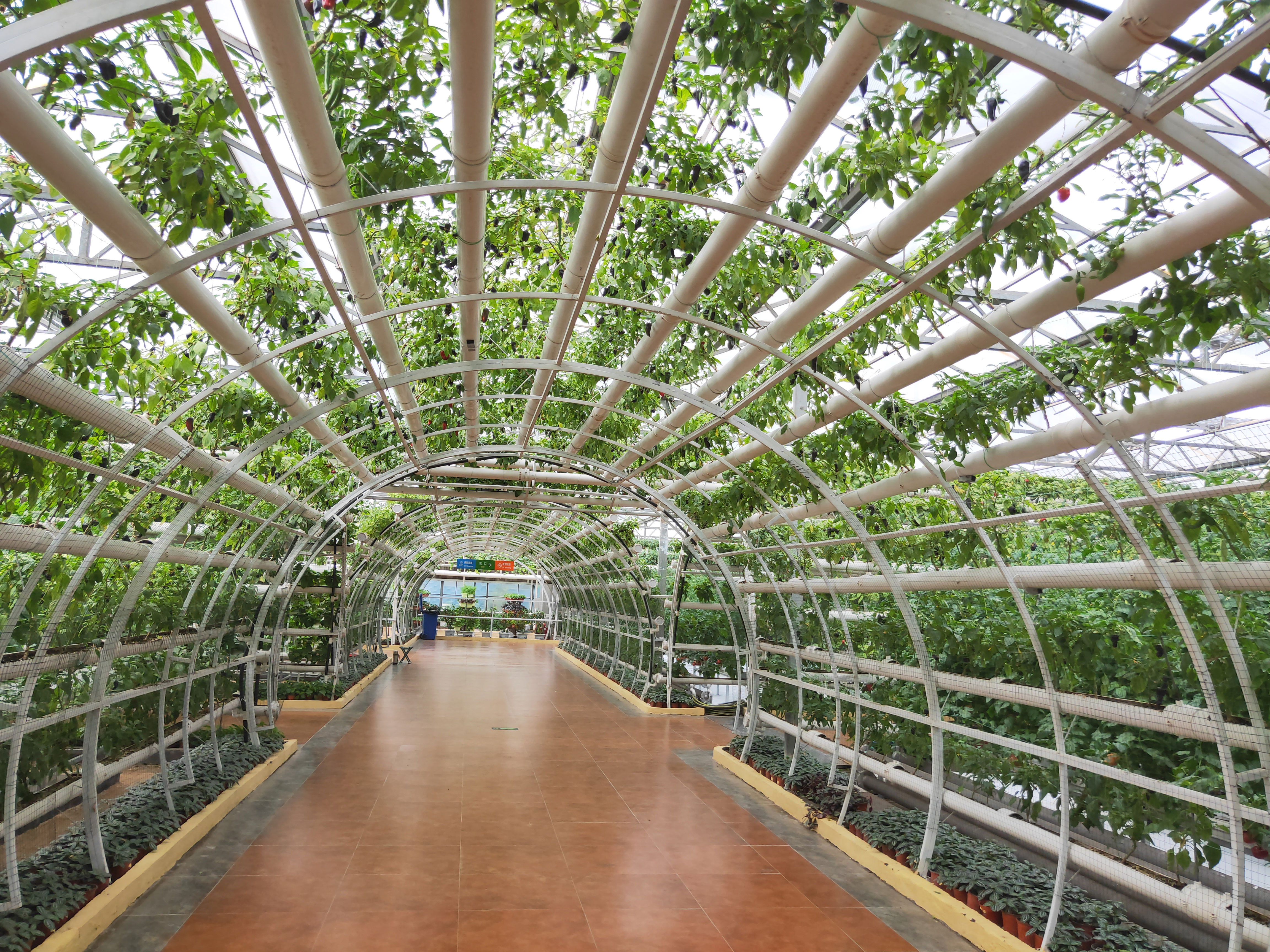


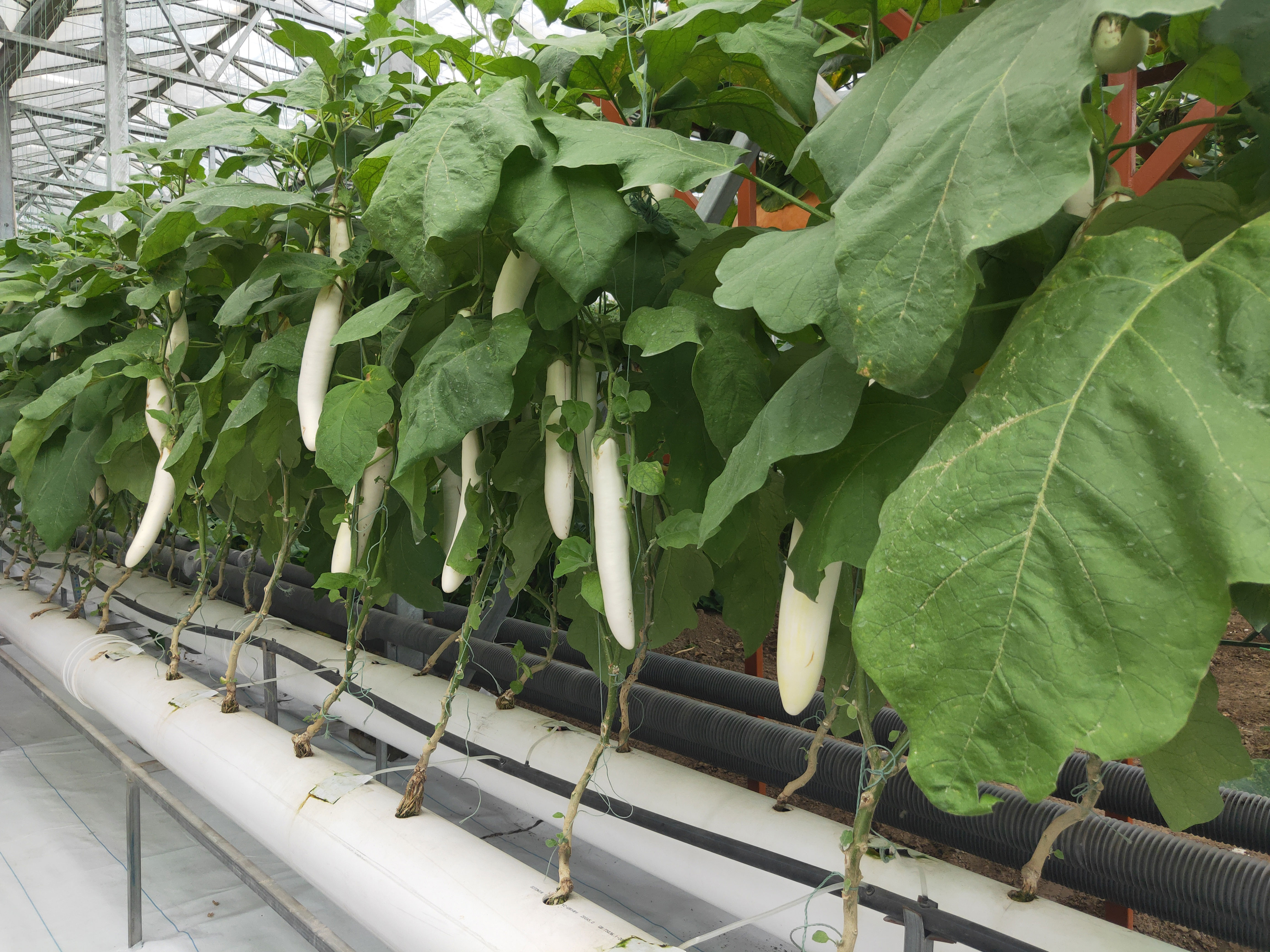
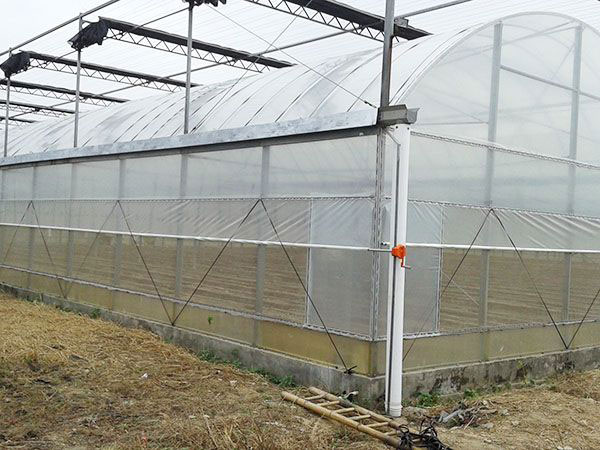
 Scan, wechat consulting
Scan, wechat consulting
